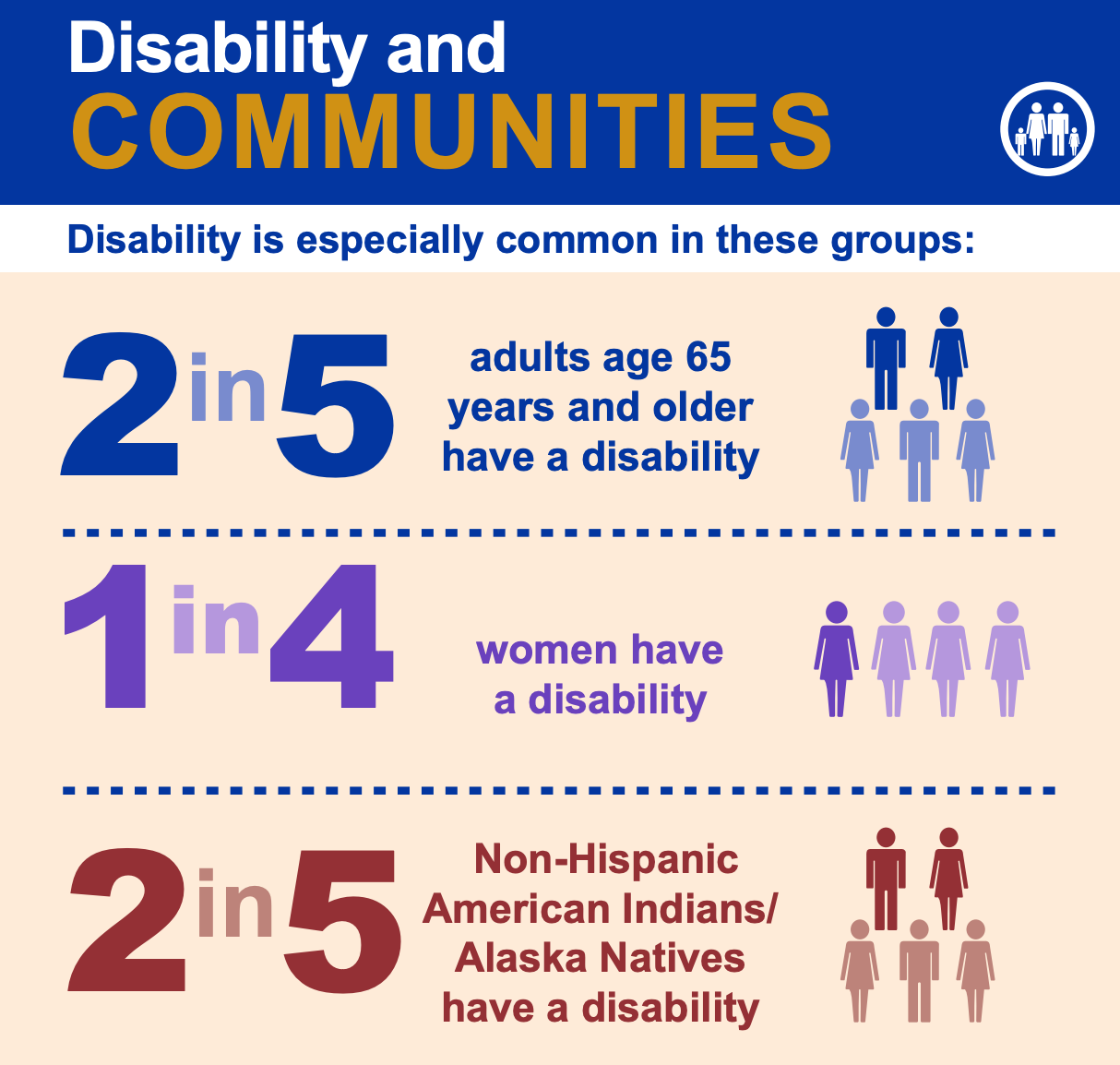Why Hiring Employees with Disabilities Will Improve Your Remote Team

by Agata Antonow

In 2019, Hannah Barham-Brown rolled her wheelchair onto a TEDx stage and waited for the clapping to die down. She had come to tell her story of being diagnosed with Ehlers-Danlos syndrome during medical school and graduating 18 months later.
Hannah is a powerful asset today—not just a talented doctor for the hospital that employs her, but someone who connects in a unique way with patients and their families. As she puts it, when children who themselves get around by wheelchair see her, their “eyes light up when their doctor rolls in in a chair, just like them. Suddenly, they're not the kid in a wheelchair anymore. They are the kid who could grow up to be whatever they want to be regardless of their legs misbehaving.” Patients have told her “I know you get it,” because as Hannah explains, “I have an intimate knowledge of their experiences and the systems they are forced to work within.”
Hannah has a simple question for us all: shouldn’t we stop wasting talent and hire employees living with disabilities?
About 73 percent of US companies struggled to attract and retain talent in 2021, a trend experts predicted will continue in 2022. Yet amid the Great Resignation, one vital source of talented, dedicated employees may still be overlooked: workers living with disabilities.
Employees living with chronic pain, vision, or hearing conditions, and other disabilities thrive in remote jobs, since work from home positions allow them to earn and develop their careers from spaces that have typically been adapted for their comfort. For remote managers, there’s even better news: workers living with disabilities bring a powerhouse of skills, productivity, and dedication to their work.
Let’s look at some benefits up close.
A Better Bottom Line
Within four years, companies hiring workers with disabilities saw double the net income, 28 percent higher revenue, and 30 percent higher profit margins when compared with the time before they diversified the workforce. Workplaces who hire workers with a disability may even qualify for tax credits.
Researchers have found that workers living with disabilities have lower rates of absenteeism and tend to work harder when compared with their colleagues.
Better Care of Clients, Employees, and Customers
Approximately one in four Americans live with a disability and about 1 billion people worldwide live with a disability—a number that’s expected to increase in the coming years.
Some of these people include your customers and clients. How much better could you serve them if you became familiar with what they face and what they need? How much more passionate would these clients and customers be about your company if they saw you were committed to seeing people of all abilities?
Chances are, some of your employees may already be living with disabilities, too, since research suggests that up to a quarter of employees living with a disability keep it hidden in the workplace, often worried about the stigma or employer and team reactions. By making your remote team inclusive, you allow all your employees to feel seen, and you gain powerful new perspectives about what your clients and customers need from people on your team, who like Hannah Barham-Brown, can relate.
Improved Productivity
JP Morgan found that employees with autism were able to adapt better—ramping up three years earlier than their colleagues—and were 50 percent more productive when compared with neurotypical employees. A food services company was able to add $108,381 in value by hiring workers living with disabilities.
And when you hire remote workers, you’re already getting more productive employees: 55 percent of remote workers report working more hours from home and 90 percent of workers report being as productive or more productive working from home. Combine these two productivity powers together and get ready to get stuff done.
How To Do the Work
If you don’t have a system for attracting diversity, you’re likely to have the same outcomes you’ve always had. Here’s how to start diversifying your remote team:
-
Take a second look at your job descriptions:
Do they in any way discourage someone from applying? Are you focusing on the right skills? For example, if a job requires someone to talk to customers, can you change that to communicate? -
Advertise where diverse candidates are likely to find you:
Check out colleges and universities that are inclusive for people living with vision and hearing loss or ones known for being accessible for wheelchair users. These can be great places to recruit. Start by contacting the careers center or student affairs departments to find out about on-campus job boards or hiring fairs. And don’t overlook job ad listings, recruiters, temp agencies, and community forums with a focus on employees living with disabilities. -
Rethink interviews:
It’s time to polish up your interview skills so you’re not turning talented workers away. Make your interviews remote, and consider offering a few interview options, such as chat or video interviews, so people living with vision challenges or hearing conditions can still take part. Make sure the online tech you use for your interview supports subtitles/captioning and send any slides or videos you include as part of your interview to the potential hire ahead of time so candidates can review it. During the interview, make sure to keep everyone muted when they’re not speaking and offer plenty of time for each reply. All candidates appreciate a lower-stress interview process that lets them shine! -
Create a welcoming workplace:
To attract and retain the diverse talent you hire, you need to make your workplace ready to support them. That takes more than just choosing software that’s accessible or abiding by the ADA requirements (though those are important). Consider working with vendors and companies founded by people with disabilities, give back to the community by supporting local advocacy groups, and hire trainers and speakers living with disabilities. With your team dispersed across time zones and working remotely, you can invite diversity experts to guide you in new ways of thinking about workplace engagement. -
Start learning:
The League for People with Disabilities has tons of resources and a newsletter to help you and your team learn. And here is a bonus: learning together means your team builds an inclusive work culture and boosts ability awareness, which are two additional benefits of hiring employees living with disabilities. Melissa Blake, a person living with a rare genetic muscular-bone disorder that confines her to a wheelchair, launched her own freelance writing career working from home. In a recent article published in Healthy Women, she reminded people who want to learn more about disabilities, “An honest and open conversation when it comes to disabilities is never wasted and, quite frankly, you should never be afraid to ask questions about disabilities.” -
Get it in writing:
Disability:IN suggests creating a company or team Accessibility Statement to make sure accessibility is showing up every day—including in your hiring and promotions. Just make sure you review your accessibility statement often to make it a living, actionable plan.
It’s 2022. Isn’t about time we broke down some barriers and started reaping the advantages of a workforce with plenty of talent, high productivity, and deep dedication? With so many benefits just waiting for your remote team, there’s no reason not to focus your attention on adding people living with disabilities to your team -- and promoting disabled team members to leadership positions.










